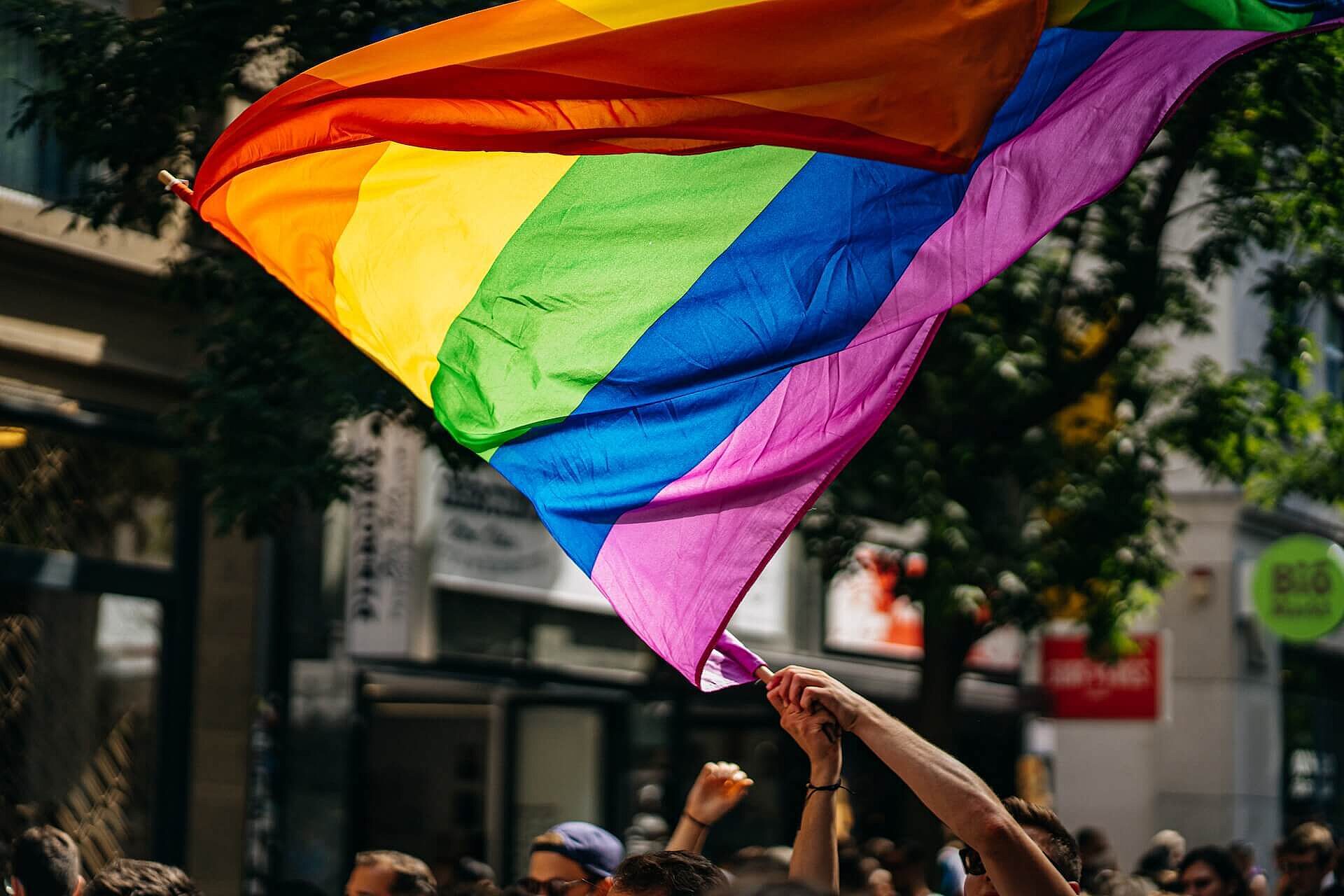

Amnesty International Norway & FRI
The Online Public Discourse about LGBTQ people
Intro
The terrorist attack in Oslo on June 25 2022, came as a shock to large parts of the population. But for many in the queer community, it was not a surprise. Many spoke of an increased pressure on social media. But is that true?
Analyse & Tall was commissioned to answer this. Through quantitative and qualitative analyzes of content from Twitter/X and Facebook, we have investigated how queerness is debated and how mention if the topic has evolved between 2018 and 2022.
With the increasing presence of digital platforms and an increasingly digitalized world, the web is becoming an important tool for social engagement and an arena for critical expression. It is a serious democratic problem if minority groups refrain from participating in the public debate and expressing themselves publicly for fear of incitement, disparaging, or highly critical comments about their sexual orientation or gender identity. In this report, we address this challenge and shed light on how the online public debate is for queer people in Norway today, both concerning hate speech and negative discourses.
Method
To understand the online public debate about queer people over the past five years, we have collected and systematized hundreds of thousands of tweets and Facebook posts and comments.
To gain a deeper insight into the debate on Twitter/X, we have qualitatively analyzed around 10 percent of all the tweets we have collected. That means we read around 9,000 tweets and coded them based on their content.
We have used our own algorithm (A&ttack2 language algorithm) to measure the debate on Facebook. It is trained on more than 100,000 Facebook comments to recognize whether a piece of text contains a verbal attack or not. By verbal attack, we mean stigmatizing, derogatory, offensive, stereotypical, exclusionary, harassing, or threatening remarks.

Results
In the last five years, we can document a dramatic increase in the discussion about "queer topics" on Twitter/X. This is largely due to explosive growth in the so-called "trans debate". The number of tweets about queer topics increased from 6,457 to 44,620 in the period. The number of tweets about transgender people increased from 1,485 to 23,465 - almost 16 times the number of tweets.
The debate about transgender people on Twitter is highly polarized, and critical statements make up the largest group of statements. We find that 47 percent of Twitter/X messages about transgender people have a critical sentiment, while 40 percent are supportive. We also see that the critical statements in the "trans debate" increase during the period, while the proportion of supportive statements falls.
Pride is discussed increasingly critically on both Twitter/X and Facebook during the period, while the proportion of messages containing support and positive statements about Pride is falling. A central discourse in the growing criticism, is the presentation of Pride as a dangerous and radical ideology, especially aimed at children and young people. This discourse is present on both Twitter and Facebook.
Queer topics, especially those related to Pride, generate more engagement on Facebook than other themes. When the national media publish posts about Pride, engagement increases by 166 percent compared to other topics. Hoisting Pride flags on public flagpoles is particularly controversial and creates debate and reactions in the media's comment section both in 2021 and 2022.

Want to know more?
Get in touch with Ida

Ida Haugen-Poljac +4740212287 ida@ogtall.no
- Collaborator
- Amnesty International Norway & FRI
- Year
- 2023
